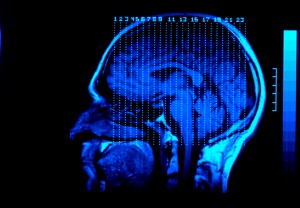The Centers for Disease Control (CDC) tells us that about ten people die every day from accidental drowning. Sadly, of those ten people, two are children under the age of 14. Drowning is ranked as the 5th most common cause of accidental injury death in the U.S. and can happen in any pool.
Injuries in the Swimming Pool
Notably, more than 50% of drowning victims treated in the E.R. require further hospitalization or transfer for additional care. This is in comparison to the fact that only 6% of all of her accidental injuries require further hospitalization following initial treatment. Nonfatal drowning injuries can cause severe brain damage that can lead to long-term disabilities including: problems with memory recall; other learning disabilities; and permanent loss of basic functioning or vegetative state.
Drowning Facts
- For children aged one to fourteen years, fatal drowning is the second leading cause of accidental death.
- Children ages one to four have the highest drowning rates.
- For every child who dies from drowning, another five children typically receive treatment in the E.R. for submersion injuries.
- Nearly 80% of those who die in a drowning are male.
- The fatal drowning rate for African-Americans was markedly higher than that of Caucasians regardless of age.
Prevention of Swimming Pool Accidents
Many factors are at play in drowning and submersion injuries; but two make a huge difference:
- Fencing – Considering the percentage of children who are harmed in swimming pool accidents, fences are vital in preventing such accidents from occurring in the first place.
- Swimming lessons – The inability to properly swim also accounts for many cases of drowning and submersion.
Both state and federal laws regulate the safety of swimming pools and their equipment which must be observed by manufacturers, sellers, and installers of pools and spas. If you or a loved one experienced swimming pool accident or head injury, you may be entitled to compensation for current and future expenses, in addition to legal damages. Contact the Law Offices of Stuart L. Plotnick as soon as possible to preserve your options.

 occurring to various high-profile athletes, many of which are parties to the pending class action lawsuit filed against the NFL, have officials at the youth football level taking firm action, which will hopefully lessen and safen the game for our kids. Officials of The Pop Warner League, the largest youth football organization have changed its rules.
occurring to various high-profile athletes, many of which are parties to the pending class action lawsuit filed against the NFL, have officials at the youth football level taking firm action, which will hopefully lessen and safen the game for our kids. Officials of The Pop Warner League, the largest youth football organization have changed its rules.